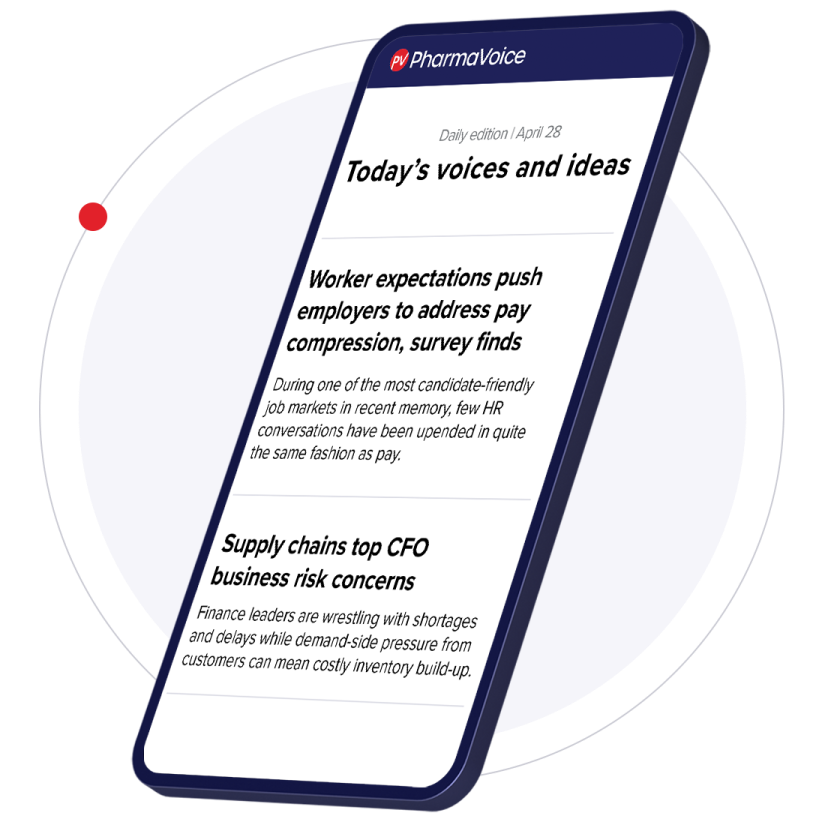While the pharmaceutical industry has been working to adopt e-clinical technology for more than a decade, almost 70% of e-clinical technology implementations fail to meet expectations. Why the lack of success? There are countless reasons, but one of the most important is the complexity surrounding the successful selection of an electronic data management (EDM) technology vendor. An effective e-clinical strategy is essential to speed go-to-market time. Moving from paper-based to electronic clinical trials creates several quantifiable benefits, including faster study closure. Electronic clinical trials also can reduce data entry, query management, and site monitoring workload, thus eliminating an estimated $250,000 to $350,000 in costs per study. To fully achieve these benefits, a company should leverage EDM technology to capture clinical-trial data electronically at investigator sites and generate and resolve real-time queries. EDM technology also can help integrate data with back-end systems, such as clinical trial management systems (CTMS) and statistical analysis software, in addition to allowing remote monitoring of study and site performance. The success of these activities is largely determined by the selection of the most appropriate EDM vendor. Deciding Whether to Rent or Buy Before selecting an EDM vendor, pharmaceutical companies must decide whether to “rent” the capability through an application service provider (ASP) model or “buy” the capability through a technology transfer arrangement with their vendor of choice. Under the ASP model, the vendor owns and hosts the software on its servers, and the customer (or pharmaceutical company) pays a monthly subscription fee for use of the software. The vendor provides professional services to handle study setup and electronic case report form (eCRF) design. The ASP model is appropriate for companies experimenting with EDM, since it enables customers to realize some benefits of e-clinical trials on a study-by-study basis, without having to make a commitment to a single vendor. But while this allows companies to gain experience with EDM technology, many of the benefits of EDM are never realized through the ASP model. Under the technology transfer model, the company purchases the software, which may be hosted on its own servers or those of the vendor. The company then tailors the software, as appropriate, to meet its specific operational needs. Internal company resources conduct all study set up, eCRF design, and study conduct activities. The EDM Vendor Selection Process Key considerations required to successfully identify potential solution providers, evaluate their capabilities and business models, and ultimately select the right partner to meet a company’s needs fall into five distinct steps. Step One: Categorize Solution Providers One of the most confusing aspects of choosing an EDM solution provider is navigating the fragmented vendor landscape. Companies can simplify their selection process by segmenting EDM providers into the following categories: E-Clinical Suite Providers: Provide a range of e-clinical solutions, including EDM and CTMS, as well as peripheral solutions, such as patient diaries and interactive voice response systems (IVRS). Vendors include etrials Worldwide Inc., Phase Forward Inc., and Oracle. EDM Specialists: Exclusively provide EDM solutions. Ease of integration with other e-clinical solutions must be considered. Vendors include Medidata Solutions Inc., eResearchTechnology Inc., and Datatrak International Inc. Late-Stage Specialists: Offer solutions that meet the specific needs of patient registries and late-stage or postmarketing studies, such as Phase IV investigator-initiated studies. Vendors include Ninaza and Outcome. Step Two: Involve the Right Players Companies too often view EDM vendor selection as an exercise driven by IT and data-management groups. While these groups are clearly stakeholders, they are by no means the only critical parties. Given the broad implications of using EDM technology, it is recommended that a cross-functional team be formed that includes representation from all clinical-trial phases being considered. An ideal selection committee should be co-led by representatives from clinical operations and data management. These co-leaders should manage a team that includes application development and infrastructure management advisors from IT, a representative from the therapeutic area in which the studies will be conducted, an advisor working on preclinical studies, and a postmarketing advisor from medical affairs. Step Three: Learn From Your Experiences Most pharmaceutical companies have conducted at least one clinical trial using some form of EDM and can build upon this institutional knowledge. To gain insight based on its experiences, companies should ask the following key questions: • Which vendors has the organization worked with in the past? • How many studies did each vendor support for the organization? • In which phase was each of those studies? • Which vendors have worked in particular therapeutic area(s)? • What elements of each vendor’s product suite did the organization use? • Was the study managed by the organization or through a CRO? • What were the positive and negative experiences with each vendor? When an organization has no specific institutional knowledge, informal networking among peer companies at industry events and organization meetings can serve as a rich source of information. Industry analysts and consultants also can provide valuable insight. When soliciting peer advice it is important to consider the source and incentives they may have in recommending a particular solution provider. Step Four: Narrow the Playing Field After categorizing vendors and gaining insight from institutional experiences and peers, a company should develop a list of two to four EDM solution providers that have the potential to meet its specific needs. To define its needs, the company should consider the intended use of the EDM system and the specific features of the company’s clinical-trial processes. A company considering its EDM options should catalogue the critical elements of each vendor’s solutions, ranging from technical modules to professional services support. Step Five: Evaluate Candidate Solutions in a Real-World Setting Once the playing field has been narrowed, a company can evaluate the solutions against its most specific requirements. To truly understand whether an EDM solution will meet a company’s needs, it must test the system in its own clinical-trial process. A scenario-based testing exercise is recommended in which candidate EDM solution providers execute critical clinical-trials processes based on scripts and data provided by the organization. While developing scripts and sharing relevant data with EDM vendors creates extra work for an organization, the exercise provides the most realistic opportunity — short of actual trial conduct — to observe the candidate’s solutions in action. A set of recommended scenarios to test include: • eCRF development, including the creation of edit checks and testing. • Site technical evaluation and provisioning. • Site technical training. • Importation of study user names and profiles — both sponsor and site — into the system. • Creation and viewing of site-specific performance reports. • Electronic source data verification. • Freezing of data and locking of forms. • Study close-out activities. As scenario-based exercises are conducted, each vendor should be evaluated not only on its solution capabilities but as a potential partner in future EDM endeavors. The following criteria can be used: • How well did the solution meet specific requirements? • What level of customization will be required? • How much technical training will be required to comfortably conduct clinical trials using the system? • How responsive was the vendor to requests, and how comfortable were interactions with the vendor’s management and staff? • How open was the vendor to providing critical experience and financial information? The fragmented vendor landscape, the lack of a one-size-fits-all solution, and the complex requirements of the clinical-trial process can make the task of identifying, evaluating, and selecting an EDM partner appear daunting. Engaging EDM providers in an ASP model is one way to reduce complexity, but it fails to generate the promised benefits of EDM. To fully receive these benefits, an organization should select a provider that offers a technology transfer approach to EDM. Organizations ready to commit to EDM as their standard method for collecting, analyzing, and managing clinical-trial data should follow the five key steps identified in selecting an EDM partner. The company that is willing to invest in methodically executing these five steps increases its chances of developing a successful partnership and, ultimately, realizing the promised benefits of EDM. Tim Dietlin Senior Practice Executive, Clinical Development Practice Gary Tyson VP, Clinical Development Practice Five Steps to Successful Electronic Data Management Vendor Selection The E-Arena Organizations that are willing to invest in methodically executing five critical steps increase their chances of successfully identifying potential solution providers, evaluating their capabilities, developing a successful partnership, and, ultimately, realizing the promised benefits of EDM. Campbell Alliance Campbell Alliance, Raleigh, N.C., is a management consulting firm specializing in the pharmaceutical and biotechnology industries. For more information, visit campbellalliance.com.
An article from


Five Steps to Successful Electronic Data Management Vendor Selection
Filed Under:
Research & Development










